Sarnath Museum is regarded as one of the greatest sites to visit in Sarnath for people of all ages, thanks to its spectacular collection of artworks, structures, antiques, and pictures. It is an archaeological museum founded in 1910 that displays a remarkable collection of items collected through excavations at several ancient sites in Sarnath. It is situated in the centre location surrounded by lush scenery. The Archaeological Survey of India (ASI) carried out the excavations at these locations. Tourists may expect to view a great collection of Buddhist art, sculpture, and antiquities at this renowned museum in Sarnath, making it a must-see destination. The museum now has around 6800 items and sculptures dating back hundreds of years. The museum is divided into five galleries, each of which exhibits a diverse collection of antiquities spanning from the 3rd century BCE to the 12th century AD. There are also two verandas with a rare collection of relics and antiquities on exhibit.
The museum also includes a number of edifices on show, including Buddha and Bodhisattva figures, as well as other historic relics. One of the most renowned of these sculptures is the 5th-century Lord Buddha, who is seated in meditation position. The examples of Buddhist arts that are on show at this prominent museum are a feast for the eyes of all art aficionados. In addition, this popular tourist destination in Sarnath is home to a part with a unique collection of Gupta, Kushana, and Mauryan sculptures and figures. The section contains pictures of Lord Buddha as well as Hindu deities discovered in Sarnath. These pictures date from the ninth through the twelfth century. Above all, the carved Lion Capital of the famous Mauryan emperor Ashoka is what attracts the most tourists. This well-preserved Ashoka Pillar dates from 250 BCE and is made of sandstone. Overall, the museum is one of those Sarnath tourist attractions that is ideal for a day adventure with friends and family while also imparting historical information.
History
The government decided to build the museum in 1905 in order to preserve the excavated antiques. The museum, on the other hand, is the result of Sir John Marshall, the Director General of Archaeology in India at the time. James Ramson, the government of India's consultant architect at the time, drew up all of the museum's blueprints. The museum was founded later in 1910 to show, house, and research the discovered items and antiquities.
Highlights
- Ancient sculptures of Lord Buddha along with Bodhisattva.
- Images of Hindu deities that dates back to 9th to 12th centuries.
- The museum also has the well-preserved Ashoka Pillar - the Lion Capital of Ashoka.
- Statues of Lord Buddha from the Gupta period.
- Antiquities that range from 3rd century BCE to 12th century AD.
Location: Saranth Station Rd, Sarnath, Varanasi, Uttar Pradesh 221007, India
Timings: Sarnath Museum is open from 9 a.m. to 5 p.m. Monday to Sunday, excluding Friday.
Best Time of Visit: October to March is the best time to visit
Time Required : 00:30 minutes to 01:00 hour
Entry Fee : The entry fee to Sarnath Museum differs for both Indian and foreign tourists.
For Indians:
- For Children (below 15 years of age): No Entry Fee
- For Adults: 5 INR per head
For Foreigners
- 100 INR per head


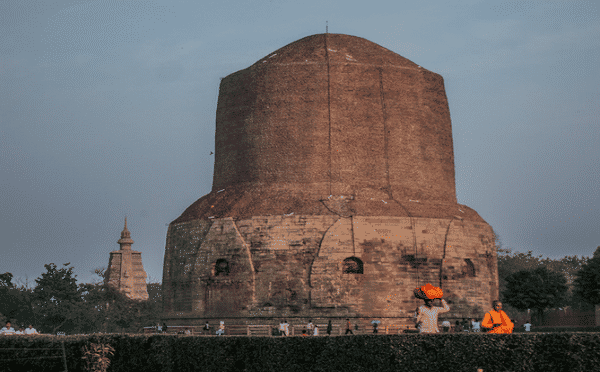
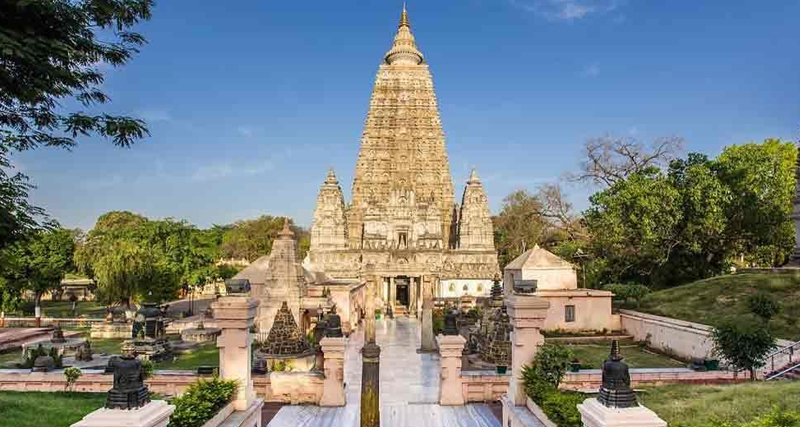
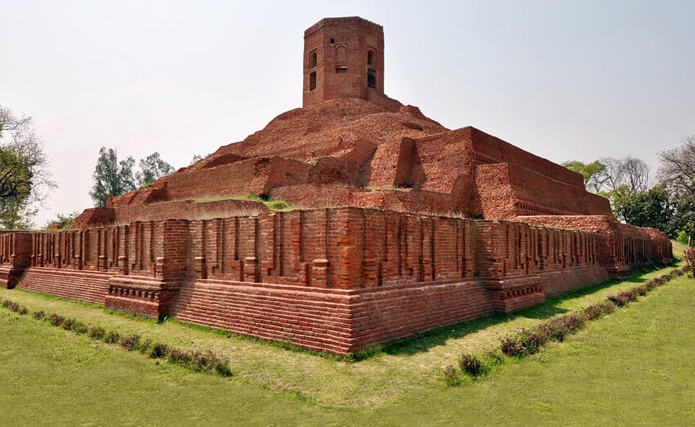
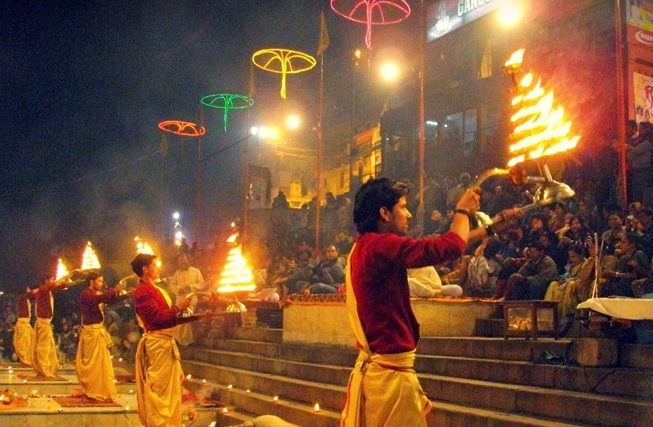
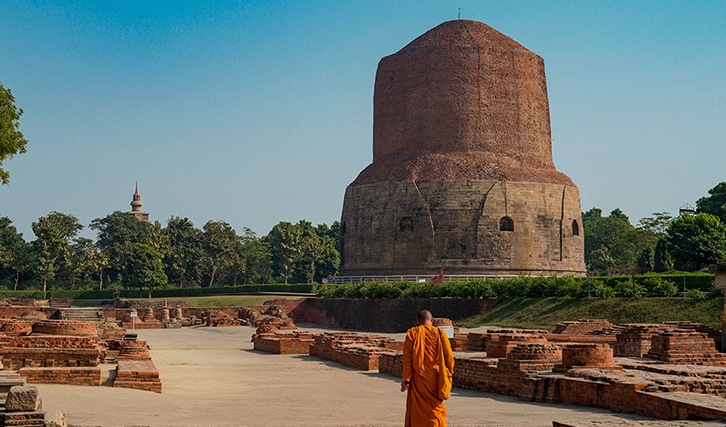
 +91-7303039611
+91-7303039611